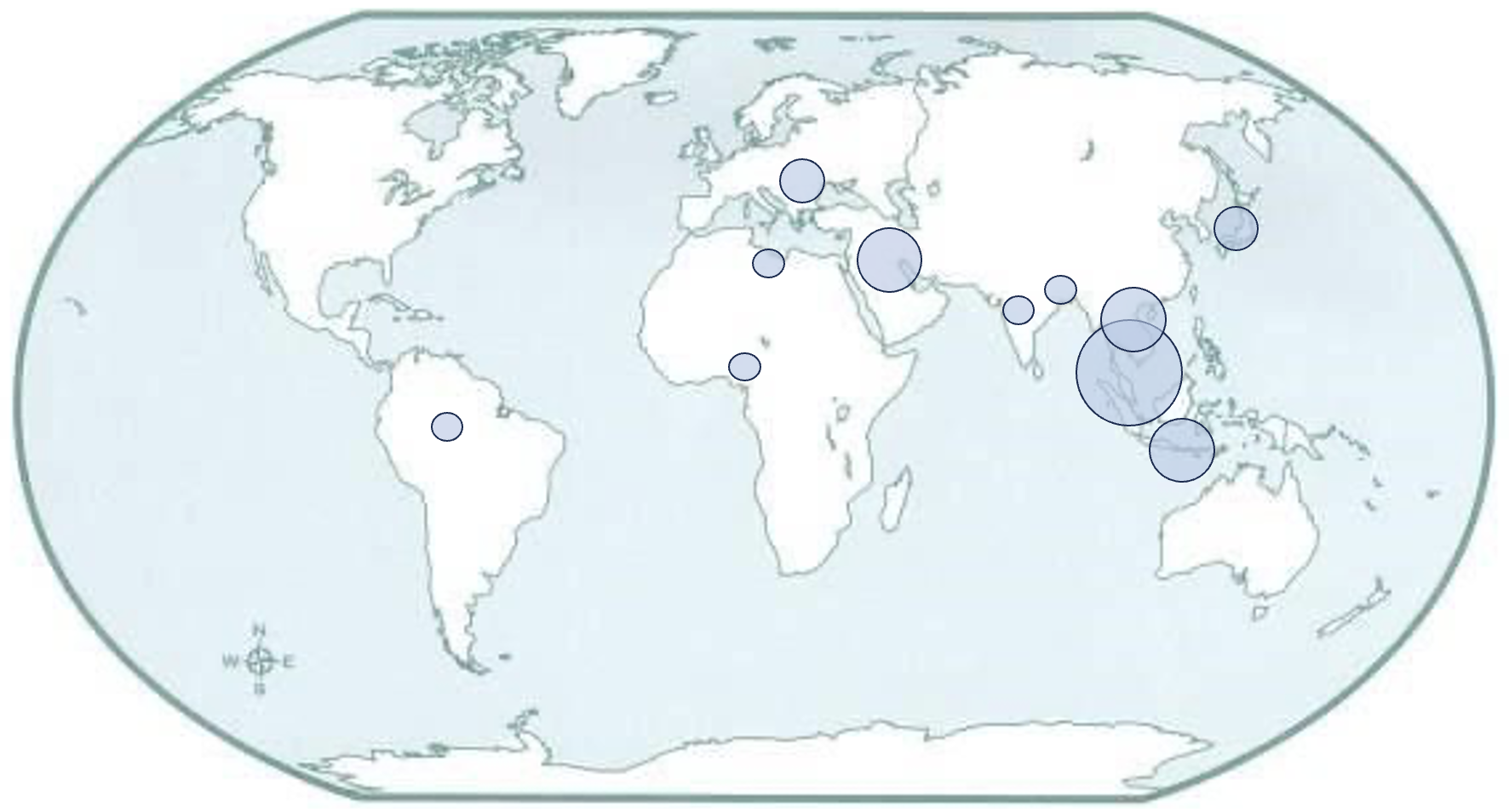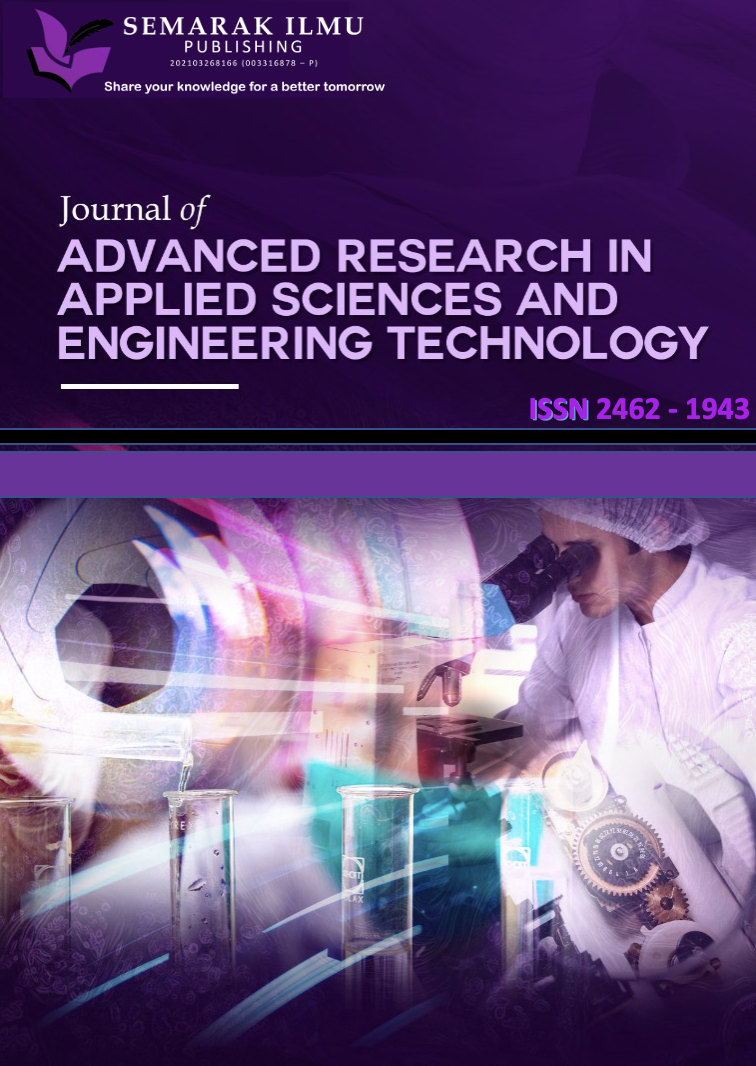FDM Printed PLA/Coconut Wood Composite: Compression Characteristics and Parametric Optimization
DOI:
https://doi.org/10.37934/armne.28.1.3046Keywords:
Fused deposition modelling, polylactic acid, coconut wood, biodegradable, response surface methodologyAbstract
Fused Deposition Modelling (FDM) is a cost-effective technique within the realm of Additive Manufacturing (AM) that enables the fabrication of three-dimensional objects using thermoplastic and composite materials. FDM can generate complex parts with precise dimensions, which has helped the manufacturing industry. The biomedical industry uses wood particles; however, pure wood's mechanical properties are unknown. Coconut wood is biodegradable, heat and corrosion-resistant. The present study analyses the physical characteristics shown by Polylactic acid (PLA) and a tailored PLA/Ct.W composite. The compression properties of PLA and PLA/Ct.W specimens were investigated in accordance with ASTM standards (ASTM D695). Testing specimens were constructed using the FDM technique on PLA and PLA/Ct. W composite with different infill percentages (75%, 50% and 25%) and patterns (honeycomb, grid, concentric, rectilinear and octagram spiral). After that, the RSM is utilized to discover the parameter that has the largest effect on mechanical properties. Experimental results show that grid infill patterns with 75% infill percentages have the best compression properties. The weakest infill pattern is the octagram spiral. The RSM was employed to generate regression equations to optimize the properties of the PLA/Ct.W composite. It is suggested that the utilization of bonding agents can effectively augment the bonding between PLA and Coconut wood materials. Additionally, reducing the particle size of the coconut wood can further improve the overall quality of the product.
Downloads





















